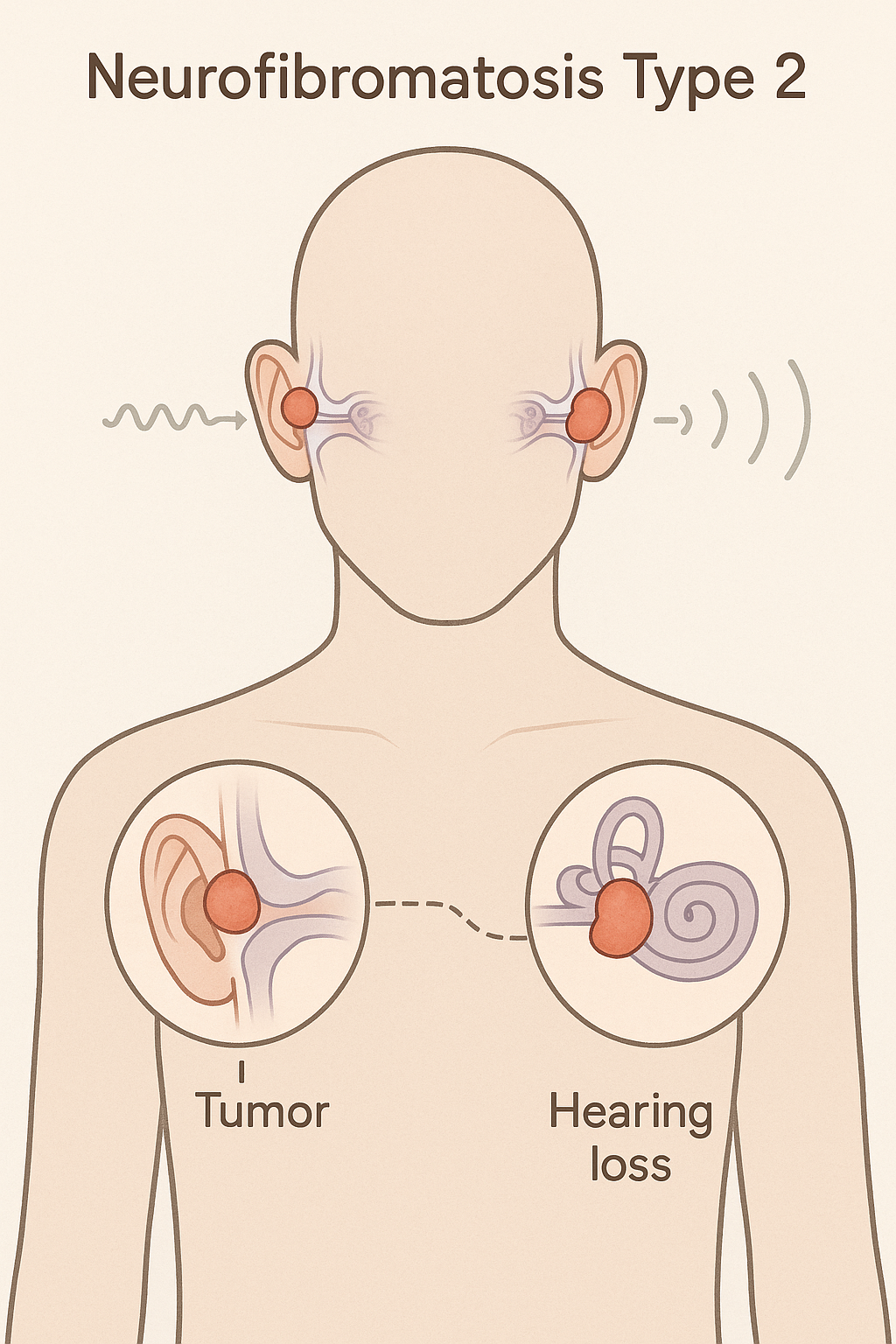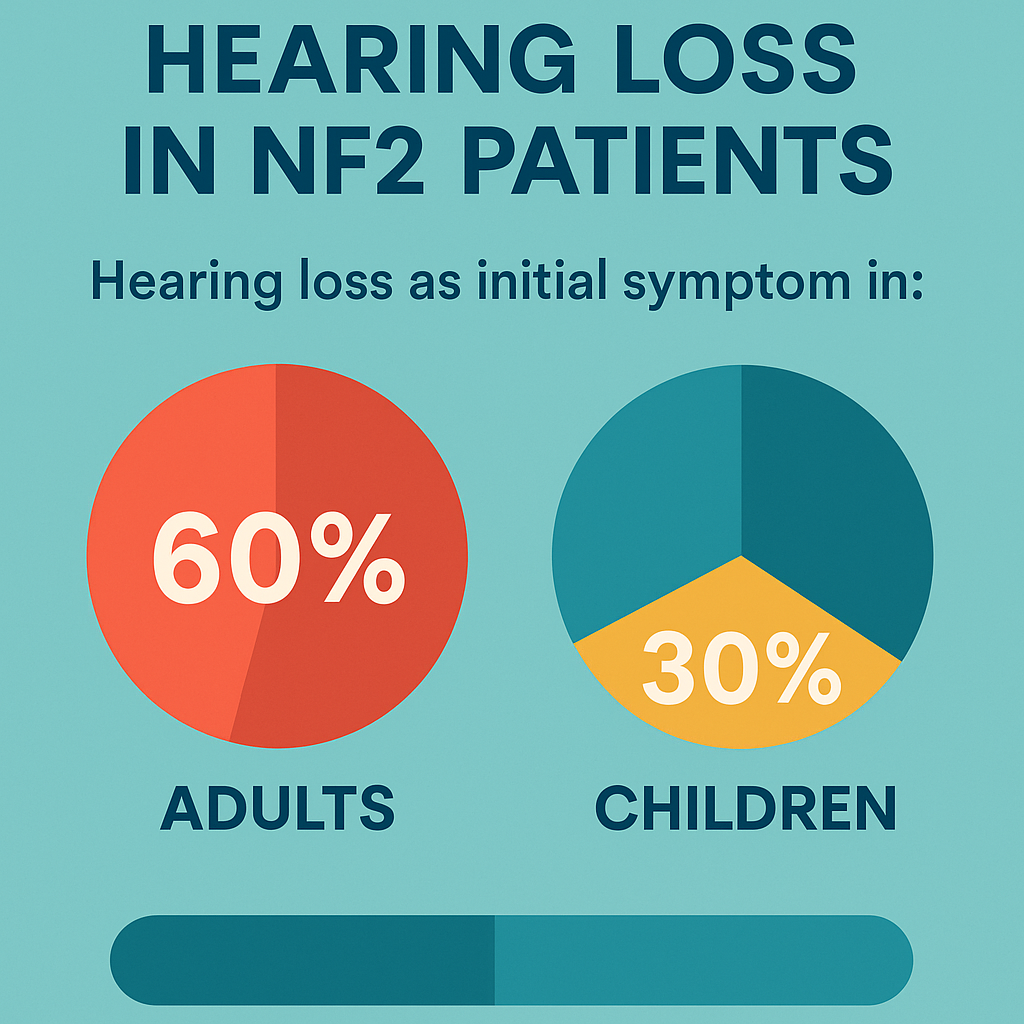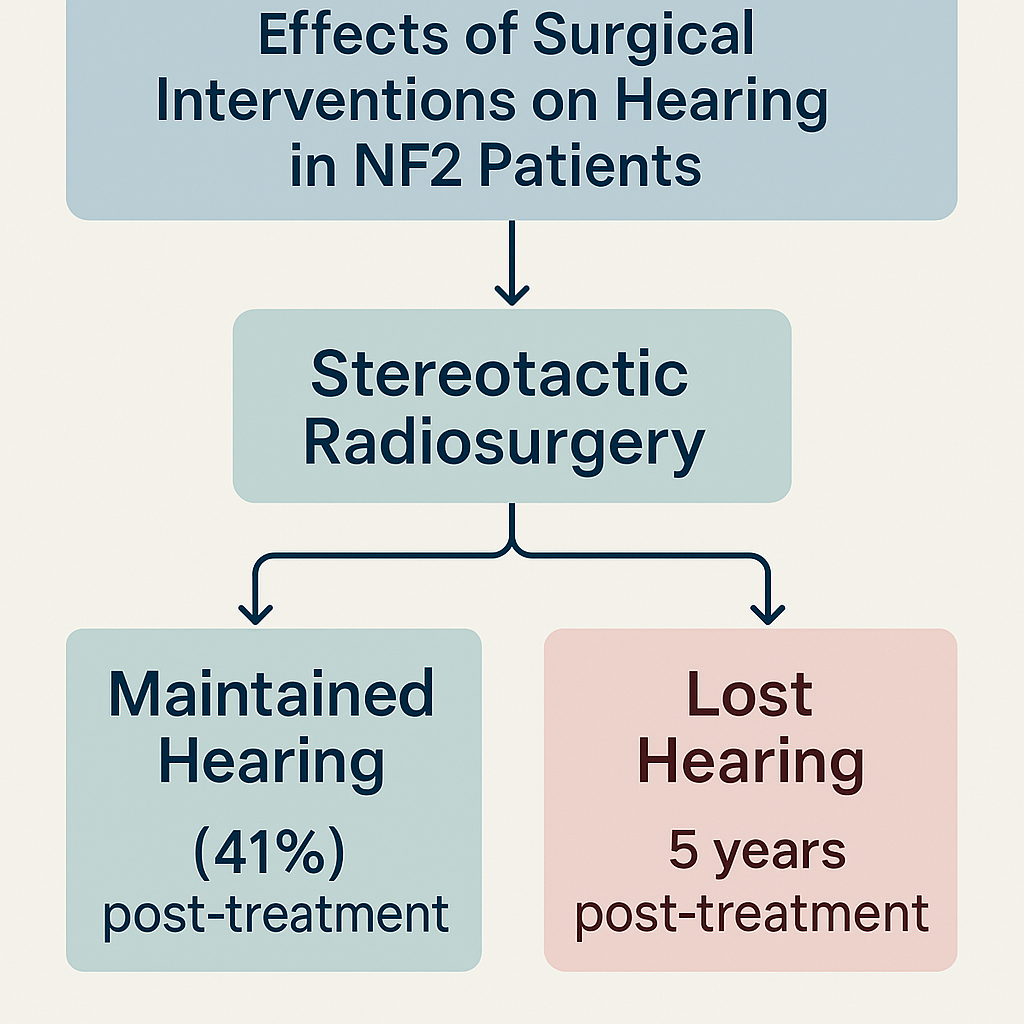
Understanding Hearing Loss in NF2
Explore how neurofibromatosis type 2 affects hearing, with insights into progression, management, and treatment options, highlighting the challenges and decisions faced in preserving auditory function.
Neurofibromatosis Type 2: Overview and Hearing Loss Implications

Neurofibromatosis type 2 (NF2) is a genetic disorder characterized by the development of bilateral vestibular schwannomas, benign tumors that affect the vestibulocochlear nerve, leading to hearing loss in most individuals. Approximately 60% of adults and up to 30% of children with NF2 present with hearing loss as the initial symptom.
Progression and Management of Hearing Loss
The progression of hearing loss in NF2 patients varies. Some individuals experience gradual deterioration, while others may have rapid hearing decline unrelated to tumor size or growth rate. In a study of 56 patients with conservatively managed vestibular schwannomas, 27% experienced significant hearing loss within two years of diagnosis, while 73% maintained stable hearing during the same period.
Treatment approaches aim to preserve hearing and prevent further deterioration. Conservative management, including regular monitoring, is often employed, especially in cases where tumors are small and hearing loss is minimal. However, at least 28% of patients experience progression of hearing loss following diagnosis.

Surgical interventions, such as stereotactic radiosurgery, have been used to control tumor growth. However, these treatments can adversely affect hearing. For instance, only 41% of patients undergoing stereotactic radiosurgery maintained their hearing at five years post-treatment.
Considerations for Treatment
In summary, while hearing loss is a common and significant concern for individuals with NF2, the extent and permanence of hearing loss vary. Conservative management may help maintain hearing in some cases, but a substantial proportion of patients experience progression of hearing loss over time.
Treatment decisions should be individualized, considering the patient's specific circumstances and the potential risks and benefits of various interventions.

